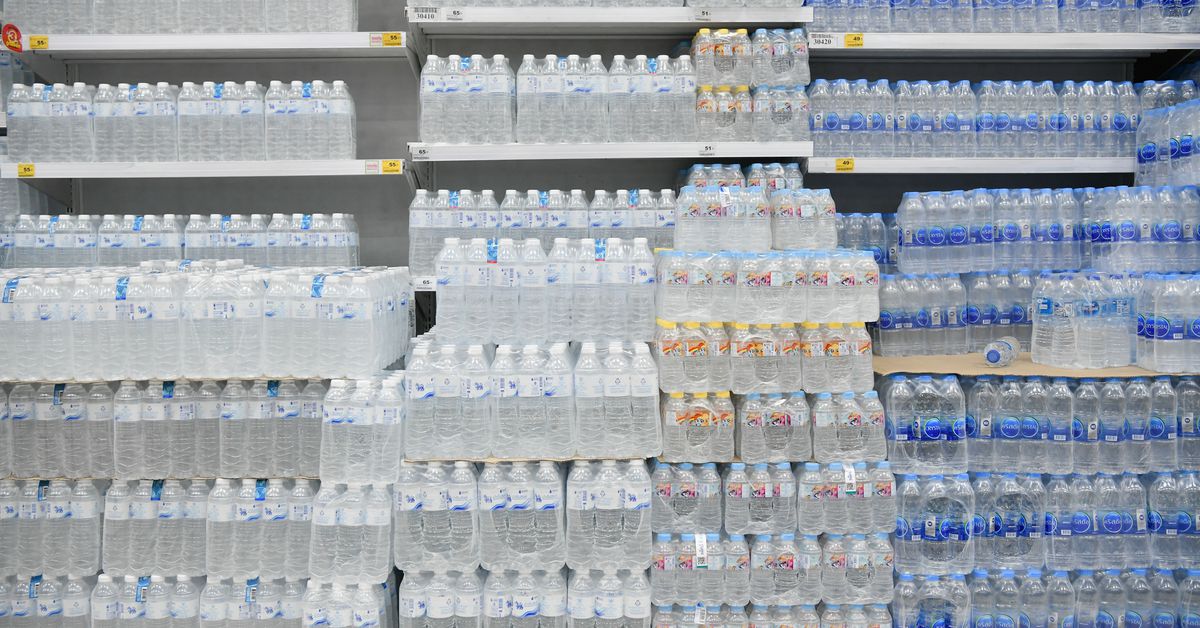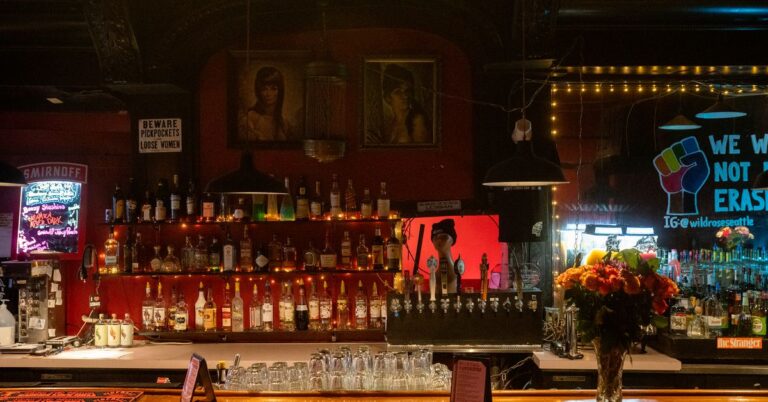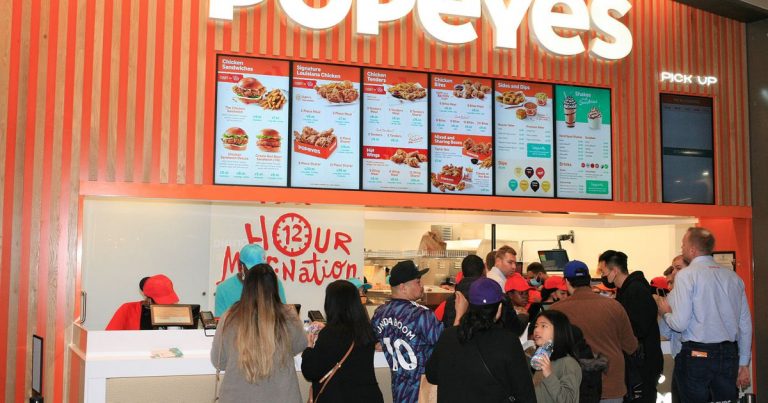How to Shop for Bottled Water, According to a Certified Water Sommelier
Everyone has to drink water, especially in our hydration-obsessed era, and it’s that fact that has turned bottled water into a multi-billion dollar industry. When you walk down the water aisle, there are seemingly endless options, from alkaline to mineral to vapor-distilled, all promising to make your body healthier than plain old tap water.
But as with many things, the bottled water category is replete with marketing hype and bad science, all intended to make you spend money on something that flows freely from the tap in this country. To help swim through this sea of water propaganda, we reached out to Martin Riese, who earned a Mineral Water Sommelier certification from the German Mineral Water Trade Association in 2010 and now develops full menus of water options for Los Angeles restaurants like Fellow. Below, he shares his essential guidance on buying the best-tasting water.
A caveat: Bottled water is never going to be the most environmentally friendly option, and Riese recommends carrying around a reusable water bottle that’s filled with filtered water as the most sustainable option. But for those situations when that’s not possible, like when you’ve forgotten your bottle and are fighting serious dry-mouth in an airport terminal, these guidelines can help you make a more sustainable choice that actually tastes good.
Consider the source
According to Riese, the brand of water that you buy isn’t actually all that important. What matters most is the source of the water, or where it came from before it was packaged into those convenient plastic bottles. “When I’m in a grocery store, the first thing I’m looking at is where the water is actually coming from,” he says. “When it comes from a naturally occurring source, like spring water or mineral water or glacier water, that’s what I want to buy.”
Riese tends to avoid brands that market themselves as “purified,” or “vapor-distilled,” largely because they tend to be sourced from public water systems just like the water that comes out of your tap. “I don’t like the business model, it’s a little bit like a scam. They’re filtering everything out of tap water, and maybe adding back some small amount of minerals or electrolytes to call it healthy,” he says. “I want my water from a naturally occurring source that’s designed by Mother Nature.”
Don’t get tricked by marketing hype
When you stroll down the water aisle, there are a slew of marketing buzzwords like “alkaline,” and “electrolytes” emblazoned on every package. According to Riese, these selling points are almost always just marketing hype. There’s no solid research that indicates that drinking alkaline water, or water with a slightly higher pH, will do anything to improve your health, and the majority of “electrolyte waters” contain only trace amounts of the minerals that water brands insist will make you more hydrated. “I think the whole bottled water industry is very messed up in America,” he says. “Sixty percent of the water sold in this country is nothing other than glorified tap water, and I think that’s the biggest scam on planet Earth.”
Think about your personal flavor preferences
Even though it’s often described as “flavorless,” water definitely has a taste. Some waters, like Texas-born brand Crazy Water, are packed with minerals like zinc, calcium, and silica, each of which impart some amount of flavor. If you’re not a fan of the salty, sometimes bitter flavor profile of mineral water, consider brands that have been filtered by reverse osmosis, a process that can remove up to 99.9 percent of trace minerals and other contaminants. Just keep in mind that most of those reverse osmosis bottled waters, like Aquafina and LIFEWTR, are sourced from public water systems.
Choose a (more) sustainable package
Because of the inherent environmental impact of bottling and selling water, Riese says that there is no truly perfect container for water. He prefers glass, both because it can be recycled and because it doesn’t leach chemicals into the water in the same way that plastic bottles do. Aluminum bottles or cans are also a decent option because they can be recycled, but many are lined with plastic liners to prevent anything in the can (like corrosion or rust) from impacting the flavor of the water.
Surprisingly, water sold in paper boxes is among the least sustainable options for packaged water. “It’s the worst because it looks great from the outside, but these boxes are made from lots of different layers of material, including plastic,” Riese says. “Many recycling companies can’t even recycle them, so they end up in the landfill right away.”






